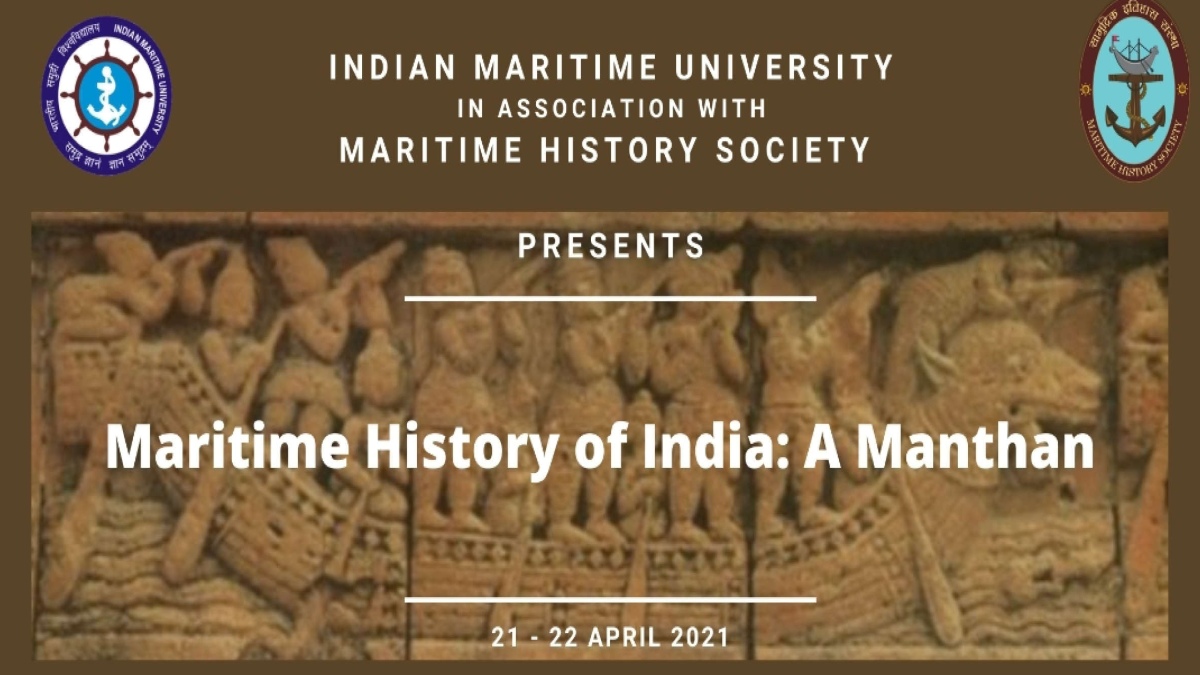


India is a maritime nation with a rich heritage. History records our oceanic links with other nations of Indian Ocean and beyond from the Harappan civilisation and lasting through the centuries. Indian maritime influence can be seen in all walks of Indian history. Our development is owed to the maritime economy and a gradual advancement of maritime infrastructure along the coastal frontiers. If we are to learn from our history, the biggest lesson is that the Indian terrestrial approach lured us away from the seas which were left almost unprotected. The failure amongst the Indians to perceive the potential threat from the maritime frontiers and percolate a maritime vision and policies among the masses was one of the grave problems that led to the rise of Colonial rule in India. This article highlights one facet as an outcome of “Manthan” or churn of the sea saga of Indian journey.


Under the Company and the Crown, the city of Bombay was developed further taking into consideration of all the physical features it had which gave it an edge. Even with self-gain as the motive, the emerging vision aided colonial officials to analyse the importance of the geography of Bombay and developed it as ‘Urbs Prima in Indis’-the premier city of the Empire.
Today as we traverse the heritage precinct of Fort area in South Mumbai, we are reminded of the lasting legacy that is the built heritage across the city’s waterfront. The Naval Dockyard that stands tall as a custodian of Mumbai’s coastline is a heritage facility in itself. The Wadia Master builders were commissioned to develop this shipbuilding and docking facility (erstwhile Bombay Dockyard) in Bombay in 1735. Today, this is used by the Western Naval Command of the Indian Navy that upholds its heritage and continues to maintain its legacy.
With the Industrial revolution in Europe, change was inevitable. In the wake of Industrialisation in England, there was a paradigm shift in the realms of production. Technology took over and since then it has only developed. Ironically, this phase also marks the deindustrialisation in the Indian subcontinent in order to facilitate and furnish the English industries. The opening of the Suez Canal in 1869 and the need for better docking and banking facilities at such a juncture is self-explanatory. The undertaking of construction for new dock building and related facilities was deemed necessary and beneficial for improving the efficiency of the maritime trade and commerce.
Bombay Dockyard and nearby facilities made ‘Ships-of-the-Line’ for the Royal Navy that were considered to be of superior quality and craftsmanship. The skills and nautical expertise of the Indian shipbuilders was a legacy in itself. But, the Indian shipbuilding industry that was once sought after met its downfall as the sail ships were replaced with the steam vessels. Despite such setback, this never deterred the Indian shipping industry. Bombay faced economic repercussions but the indomitable spirit of the city as we see today was blazing even then. After an initial slump in the shipbuilding industry, the Dockyard and other facilities gave rise to a number of other associated industries that aligned with the needs of the shipping sector thereby creating a market for economy with wider avenues. Soon, the docking facilities were equipped and gained momentum as a ship repair and refits industry which made a lot of progress.
Built heritage and maritime affairs intermingle with economic matters-thus creating a legacy and building a stronger future of our nation. A gradual progression in the maritime infrastructure and its resultant impact on the economy has played a vital role in the development of the Indian shipping sector. Promotion of our maritime heritage and traditions by a holistic development of the coastal communities by integrating them in the mainstream policies will ensure the promotion of our rich maritime legacy.
The evolution of the Mumbai city is owed to the maritime economy and due to harnessing of its maritime connect and development of the infrastructure. The role and contribution of the maritime sector in developing the city to what it is today must be acknowledged. The mushrooming of allied industries in the shipping industry is a subsequent factor. The economy of Bombay strengthened which led to the creation of an industrial infrastructure. This was the rise of a modern SEZ i.e. Special Economic Zone, a precursor to the modern metropolis that Mumbai has become today.
Shortly after the World Heritage Day commemorated on 18 April 2021 this week sees launch of a multi-stakeholder initiative to revive maritime consciousness in form of a unique workshop titled “Indian Maritime History : A Manthan”. In the two day workshop, 21 – 22 April 2021, Dr Malini Shankar, IAS (Retd), Vice Chancellor, Indian Maritime University will deliver the Keynote Address while Commodore Odakkal Johnson, Director, Maritime History Society will mentor the proceedings and provide the thematic setting. The contents will benefit students, faculty & maritime enthusiasts. The workshop will evolve elements of an approach towards a long-term facility for excellence in Maritime History as envisaged in Maritime India Vision 2030. Maritime History Society and Indian Maritime University invite an enthusiastic response toward the resurgence of Sea Mindedness through participation, promotion and resource infusion into the journey to enhance influence for greater maritime consciousness in India.
Janhavi Lokegaonkar is a Research Associate at Maritime History Society with a focus on modern aspects of Indian Maritime History